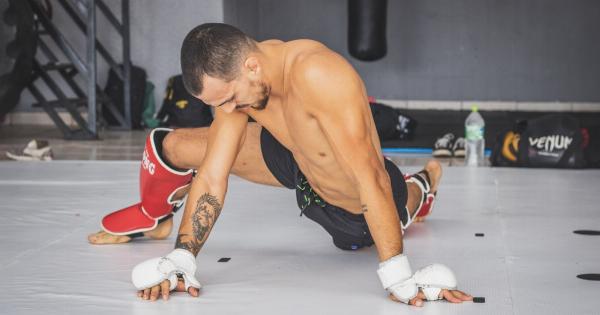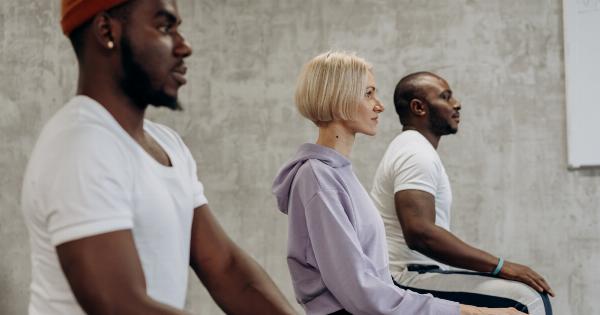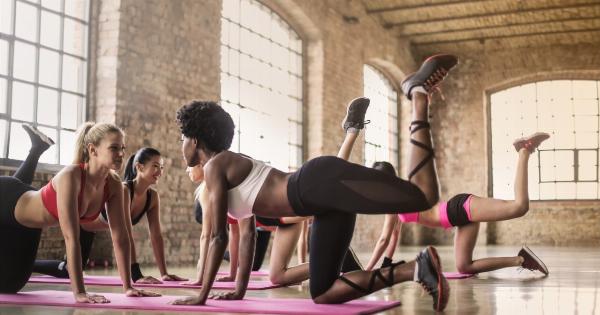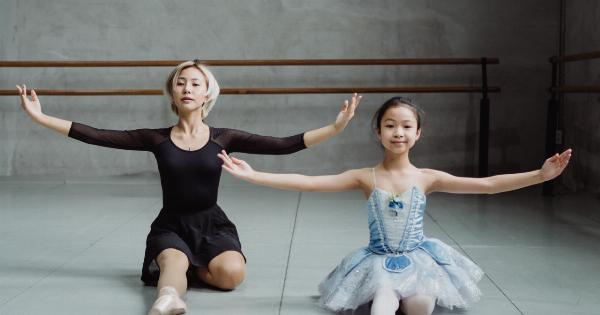Regular exercise is essential for maintaining good physical and mental health. However, engaging in physical activities also comes with the risk of injuries.
Whether you are a seasoned athlete or a beginner, it is important to take precautions to prevent injuries during exercise. By following proper techniques, using appropriate equipment, and listening to your body, you can reduce the chances of getting injured and make your workout experience safe and enjoyable.
Warm Up and Cool Down
One of the most effective ways to prevent exercise-related injuries is by incorporating warm-up and cool-down routines into your workout sessions.
A proper warm-up helps to gradually increase your heart rate, elevate body temperature, and improve flexibility. This prepares your muscles, tendons, and ligaments for the upcoming workload, reducing the likelihood of strains and sprains.
Similarly, cooling down after exercise helps your body transition from a high-intensity state to a resting state. It allows your heart rate to gradually return to its normal rate and prevents blood from pooling in your extremities.
Cooling down also helps to prevent muscle soreness and stiffness by facilitating the removal of metabolic waste products from your muscles.
Proper Form and Technique
Using proper form and technique during exercise is crucial to avoid injuries.
Whether you are lifting weights, performing yoga poses, or doing aerobic exercises, maintaining correct alignment and posture helps distribute the workload across your muscles and joints evenly.
It is important to seek guidance from a trained professional or a qualified instructor to learn the correct form and technique for different exercises.
They can provide valuable feedback and help you refine your movements to prevent undue stress on your joints and tissues.
Gradual Progression
One of the common mistakes that often lead to injuries is pushing yourself too hard, too fast. Gradual progression is key when it comes to exercise.
Whether you are increasing weights, duration, or intensity of your workouts, it is important to do so gradually and incrementally.
Increasing the workload gradually allows your body to adapt to new stresses and build strength and endurance over time.
Sudden spikes in intensity or abruptly adding too much weight can put excessive strain on your muscles and joints, increasing the risk of injuries such as strains, sprains, or even fractures.
Listen to Your Body
Your body provides valuable feedback during exercise, and it is vital to listen and respond to these signals. Pain or discomfort during exercise is your body’s way of indicating that something is not right.
Ignoring the pain and pushing through it can lead to further damage and more severe injuries.
If you experience persistent pain or discomfort during exercise, it is important to consult a healthcare professional or a qualified trainer to identify the underlying cause and make necessary adjustments to your workout routine.
Use Appropriate Equipment
Using proper equipment is essential for preventing injuries during exercise.
Whether it is wearing the right shoes, using appropriate protective gear, or selecting the right tools for your workout, equipment plays a crucial role in maintaining your safety.
Invest in good-quality footwear that provides adequate support and cushioning for your workout activities. Using ill-fitting shoes or worn-out sneakers can increase the risk of ankle sprains, foot pain, and other lower body injuries.
If you are engaging in activities that require protective gear such as helmets, knee pads, or elbow guards, ensure they fit properly and provide sufficient protection. Malfunctioning or poorly fitting protective gear can compromise your safety.
Stay Hydrated
Proper hydration is often overlooked but is essential for preventing exercise-related injuries.
Adequate fluid intake before, during, and after exercise helps regulate your body temperature and maintain the optimal functioning of your muscles, joints, and other tissues.
Dehydration can lead to muscle cramps, dizziness, fatigue, and impaired cognitive function, increasing the risk of accidents and injuries.
Ensure you drink water or electrolyte-rich fluids throughout your workouts, especially in hot and humid environments.
Rest and Recovery
Rest and recovery are as important as the exercise itself. Giving your body enough time to recover between workouts helps prevent overuse injuries and allows your muscles to repair and grow stronger.
Include rest days in your workout routine and avoid overtraining. Pushing your body excessively without giving it enough time to rest can lead to fatigue, weakened immune function, and an increased risk of injuries.
Seek Professional Guidance
If you are new to exercise or trying a new form of physical activity, seeking professional guidance can be immensely beneficial.
A personal trainer, physical therapist, or sports coach can assess your fitness level, identify any potential risk factors, and design a safe and effective exercise program tailored to your needs and goals.
Working with a professional also ensures that you receive proper guidance on technique, form, and progression, minimizing the chances of injuries and maximizing the benefits of your workouts.
Pay Attention to Your Surroundings
A safe exercise environment is crucial for injury prevention. Whether you are exercising indoors or outdoors, it is important to be aware of your surroundings and potential hazards.
When exercising outdoors, pay attention to the terrain, obstacles, and weather conditions. Uneven surfaces, slippery paths, or extreme weather can increase the risk of falls and other accidents.
Ensure that the area is well-lit and free from any potential hazards before starting your workout.
When exercising at a gym or fitness facility, familiarize yourself with the layout, emergency exits, and safety protocols. Ensure that the exercise equipment is properly maintained and in good working condition.
Conclusion
Preventing injuries during exercise is essential for maintaining a safe and effective workout routine.
Incorporating warm-up and cool-down routines, using proper form and technique, gradual progression, listening to your body, and using appropriate equipment are all key factors in injury prevention. Additionally, staying hydrated, providing sufficient rest and recovery, seeking professional guidance, and paying attention to your surroundings are important steps to ensure your safety and enhance your overall exercise experience.
By following these tips and techniques, you can significantly reduce the risk of injuries and enjoy the numerous benefits of regular physical activity.






























